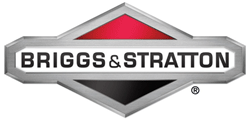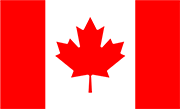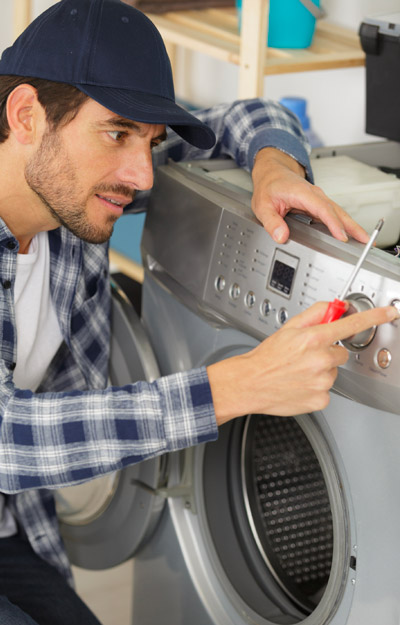Make sure you haven't got the discount earlier.
Appliance Parts
- Accessories
- Dishwasher
- Dryer
- Stove / Oven
- Microwave
- Refrigerator
- Washer
- See more... See less...
Lawn Equipment Parts
- Lawn Mower
- Chainsaw
- Blower
- Generator
- Air Compressor
- Lawn Tractor
- Pressure Washer
- See more... See less...
Anatomy For Kids: A Guide To Body Parts
The human body is truly wondrous. Now just how it looks, but how it works! With enough oxygen and nutrients, a body grows on its own. It produces blood and hormones and distributes them amongst itself. Each of the body’s many functions is carried out by one of its systems.
Circulatory System
The circulatory system is responsible for pumping blood throughout your body. The blood carries chemicals, including oxygen, to the other organs giving them fuel to function properly. Its central part is the heart, which does the pumping. It takes deoxidized blood and pushes it toward the lungs where it receives oxygen. The blood then travels through the arteries to the rest of the body, giving them the oxygen. The again deoxidized blood then returns to the heart through veins, which are blue because deoxidized blood is actually blue in color.
Immune System
The immune system is comprised of all the parts of the body that help to fight against disease and germs. An often overlooked part of the immune system is the skin. The skin covers nearly the whole body, protecting it from pathogens. The parts of the body that are exposed have their own defense mechanisms. The nose has hair and mucous, the mouth has saliva and the eyes have tears. For germs that do enter the body, the inside is armed with white blood cells which locate and combat the invaders.
Respiratory System
Using the respiratory system is another way to say breathing. Blood transports oxygen throughout to body, but breathing gets the oxygen inside in the first place. When a person inhales, they fill their lungs with air. Then, oxygen is filtered from the carbon dioxide and other compounds the body doesn’t need. The blood takes the oxygen away and the person then exhales the unwanted compounds.
Nervous System
The heart is the center of the circulatory system and the lungs are the center of the respiratory system. In the nervous system, the brain is what does all the work. Inside the brain are nerve cells called neurons. Neurons transmit chemical messages through synapses, which causes the body to act in a certain way. The transmissions are responsible for thinking, muscle movement and even involuntary actions like the heartbeat.
- Neuroscience for Kids
- “Classic” Chemical Neurotransmission (Shockwave File)
- Basic Neural Processes
- How the Nervous System Interacts with Other Body Systems
Digestive System
Oxygen is not the only fuel that the body needs. Other nutrients are also required for the body to function properly. They are received by ingesting food and allowing it to pass through the digestive system. The digestive system is made up of many of the organs in the midsection. Included are the mouth, the esophagus, the stomach, both the large and small intestines, the rectum and the anus. Food is mashed in the mouth, dissolved in the stomach, nutrients are absorbed in the small intestine and the remains are excreted thereafter.
Endocrine System
The endocrine system is made up of a series of glands within the body. These glands are responsible for creating hormones. There are several types of hormones and each affects the body in a different way. For example, the adrenal glands located above the kidneys regulate metabolism. The pituitary gland in the brain regulates bone growth. The hypothalamus in the brain tells the nervous system to do its job.
Muscular System
Muscles are elastic tissues that allow for people to move in both voluntary and involuntary ways. There are over 600 muscles in the human body and they are divided into three types. Smooth muscles are involuntary and they work for the digestive and excretory systems to move substances. Cardiac muscles are only found in the heart and they are also involuntary. Finally, skeletal muscles are those that are attached to the bone. People can move them at will.
Excretory System
The excretory system, also known as the urinary system, is in charge of collecting waste materials in the body and removing them. Tiny filters in the kidneys remove extra water, minerals and urea from the blood. The kidneys then turn it all into urine and send it to the bladder through a tube called the ureter. From the bladder, it then travels through another tube called the urethra and out of the body. The liver, the lungs and the skin also serve significant roles in the excretory system.
Skeletal System
The skeletal system is what gives the body shape and durability. It also protects the organs within. The skeletal system is made up of 206 bones including 22 for the skull, 26 for the vertebrae and 6 just for the inner-ears. To keep healthy and strong, bones need calcium through vitamins A, C and D.
- Search your model number to find:
- Genuine OEM parts guaranteed to fit
- Free manuals and guides
- Repair instructions and videos


































